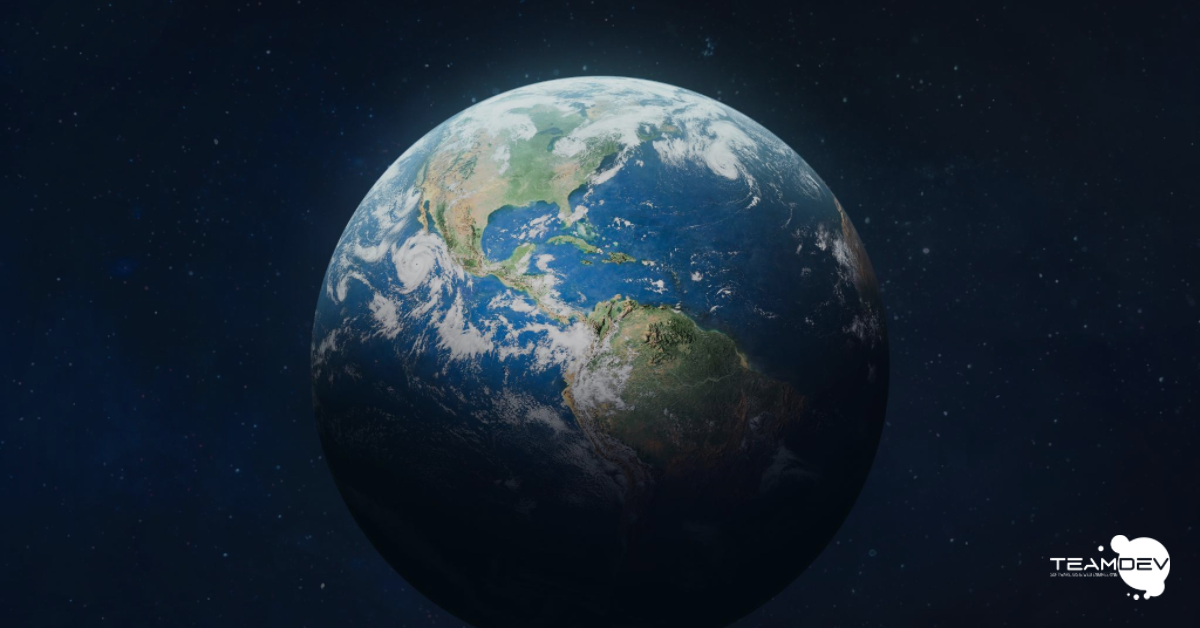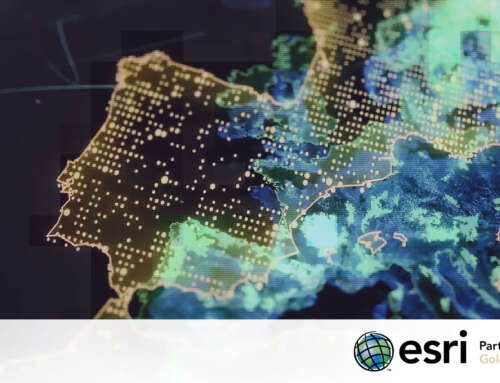How space technologies can help address the challenges of a Planet that has crossed the 8 billion population milestone
On November 15, 2022, the “Day of 8 Billion” was celebrated, an event established by the United Nations (UN) to mark the Earth’s population reaching 8 billion inhabitants. In the aftermath of this event, two major organizations, the United Nations Office for Outer Space Affairs (UNOOSA) and the EU Agency for the Space Programme (EUSPA), started working on a document to address the following question: can space technologies be used as allies to ensure global sustainable development and tackle the challenges posed by population growth? And how?
Space technologies: what help for the future?
The result is a report accessible at this address and explores the opportunities that space-related services and solutions present for crucial areas to ensure orderly, inclusive, and sustainable development in the coming years. In this article, we will discuss some of these topics.
Food security
The projections of population growth call for efforts to increase agricultural production, strengthen international distribution chains, and reduce food and agricultural product waste. Enhancing the agricultural supply chain requires tools and information that space technologies can provide. For instance, the analysis of high-resolution satellite images can enable real-time monitoring of crop health, vegetation indices, and positive or negative developments. This allows for timely interventions with appropriate measures to ensure high productivity levels. Furthermore, space-based data underpins soil analysis, mapping of water resources, and identification of environmental obstacles. When integrated into Decision Support Systems (DSS), this information helps conserve resources and increase yields. It is estimated that the proper utilization of space technologies can contribute to a 10% increase in yield and reduce fuel, pesticide, and fertilizer consumption by 20%.
Water Resource Management
Water is at the core of sustainable development, representing a crucial element for food production, energy, social and economic development of local communities, and the creation of healthy and safe environments. Satellite data provides information about the Earth’s water systems, including marine and oceanic ecosystems, lakes, rivers, streams, and groundwater, as well as the quality and quantity of available water. When made accessible, this data becomes a valuable resource for decision-makers, service providers, NGOs, and many other stakeholders involved in land management and the construction of sustainable resource exploitation systems.
Climate Change
We don’t have a Planet B to rely on. Climate change, of which global warming is one expression, has dramatically impactful effects on the environment. The increase in global temperatures leads to a rise in the frequency and intensity of extreme weather events, such as heatwaves, droughts, and heavy rainfall. These phenomena cause environmental disasters and increase risks to human health, economic growth, and food production. Satellite data plays a crucial role in this context. About 60% of essential climate variables can be monitored through satellites, including sea-level rise, glacier reduction, global temperatures, ozone layer, and many other indicators. Space technologies provide a fundamental knowledge base to guide policy decisions.
Disaster Management
The risk of more frequent and intense extreme weather events and environmental disasters is continuously growing. These emergencies entail high economic costs and unfortunately, human lives are also at stake. Therefore, risk management is a top priority for international organizations and central governments. Space technologies help by providing valuable information for risk prevention and emergency management. Satellite data can be used to track the path of hurricanes, cyclones, and typhoons, enabling the evacuation of exposed areas and reducing the impact on communities. They can be employed to accurately monitor the development of wildfires or floods, provide information on the effects of drought on vegetation, and even improve communication in emergency situations, reaching isolated areas without connectivity rapidly.
Urbanization
The growth of the global population cannot be defined as uniform: there are areas in the world where the growth rate is higher, while in others, there is no growth. Similarly, the growth of the urban population follows a significantly higher pace compared to the non-urban population. This irreversible trend will lead the urban population to increase from 55% in 2018 to 66% by 2050: two out of three people in the world will soon be living in cities. What will be the consequences of this phenomenon? An obvious expansion of urban areas, an increase in air pollution, a greater need for services such as public transportation, waste management, schools, hospitals. Each of these points represents a separate challenge that space technologies can contribute to: satellite data can be integrated into urban planning tools to build more welcoming, sustainable, and safer cities, with better service distribution, improved traffic flow, and so on. Certainly, it requires leadership capable of providing a vision for the cities of tomorrow, but technology can undoubtedly help adopt data-driven governance and improve the management of urban spaces.
Our commitment
The threshold of 8 billion inhabitants on the planet has been reached, and credible estimates suggest that the population will continue to grow in the coming years, reaching a peak of between 9 and 11 billion between 2050 and 2100. Many challenges and opportunities arise from this fact: the right tools, along with appropriate policies, can ensure sustainable development that takes into account the well-being of people. TeamDev will contribute its part by promoting initiatives such as the Global Compact, in which we have been engaged for years in adopting economic development models in line with the Sustainable Development Goals. We also work towards the growth of the space economy through networks such as Space Cooperative Europe, of which we have been a part for some years now.







